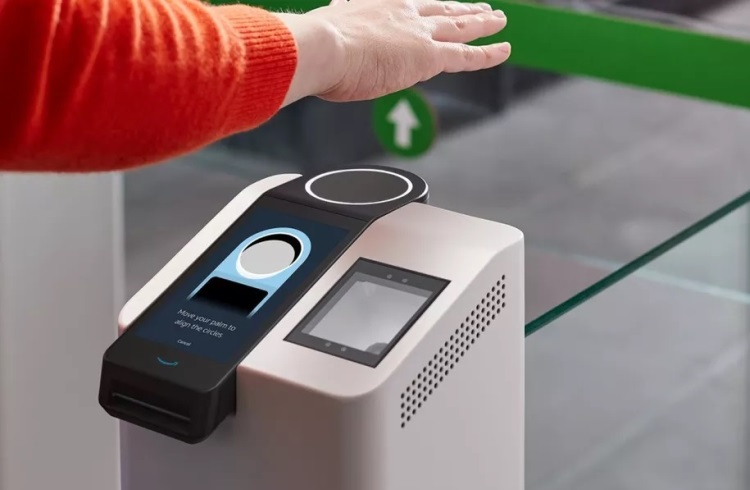
Fully contactless biometric systems are in demand

Face recognition systems
One of the already developed solutions for contactless biometric access control are systems based on the face recognition function. Such systems, in addition to high accuracy, reliability and security, also provide ample opportunities for smart analytics.
Eye iris recognition
Alternative solutions for contactless biometric access control include visitor recognition by the iris of the eye. Although such systems appeared a long time ago, they still have not gained wide popularity. The reason for this is the special requirements for authentication. Authentication in such systems or contactless fingerprint recognition. Such systems do not require physical contact with surfaces and are therefore safe in the fight against COVID-19.
Contactless fingerprint recognition
The accuracy of contactless fingerprint scanners is still inferior to traditional contact scanners, but recent improvements to systems of this kind have made it possible to use them on a par with other contactless biometric control systems. Analysts predict a stable growth of the market for these systems, which have become relevant due to the problem of hygiene of scanning surfaces.
Palm vein recognition
Solutions that use palm vein recognition systems that also do not require contact can be called truly innovative. The user only needs to bring his palm to a special sensor at a safe distance, after which the system recognizes it and provides access if the user is authorized. These systems are unique, as their recognition error is less than 0.0001%.
Recently, there has been a surge in interest among customers in 100% contactless systems. This shift in user preferences has been quite strong, with concerns about a second wave of COVID-19 or its return in 2-3 years.
Our engineers have already implemented several projects using this solution. If you want, we can tell you more.
Tel: (044) 247-91-50, (067) 123-62-98
Or email us at: info@kristalls.com.ua
